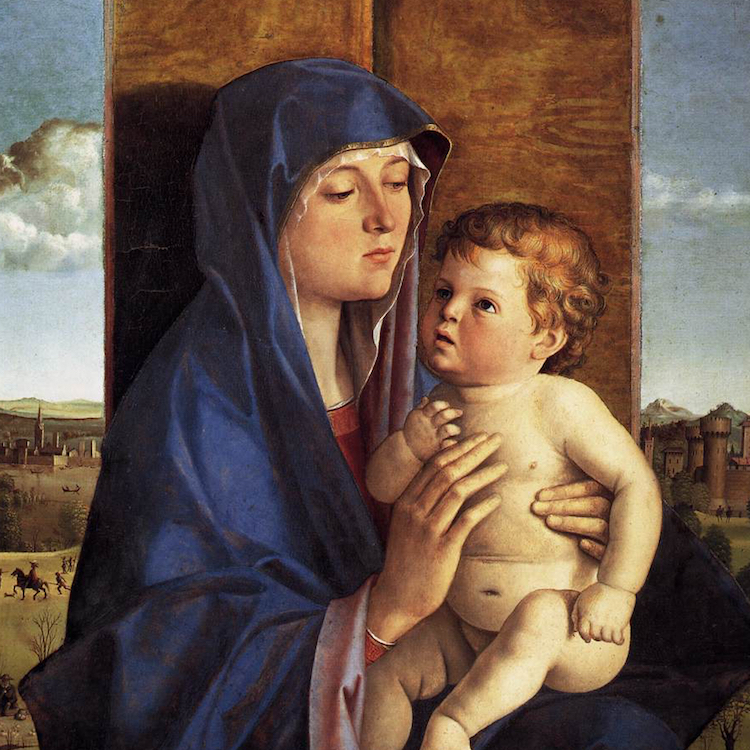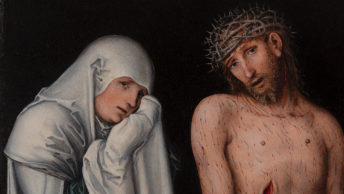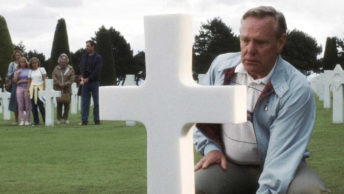On Wednesday, July 31, 1957, meteorological records indicate that Detroit’s weather was hot and sunny. With temperatures reaching 86 degrees and winds blowing out of the north at 7 miles per hour, it was about what you would expect for an ordinary summer day.
Now if it were possible to transport ourselves to that day in history, I imagine that the morning newspaper would contain the results from yesterday’s Tigers game and all that was transpiring with the town’s movers and shakers. And by driving through city neighborhoods, we would witness a variety of ordinary activities beginning to unfold: parents leaving home for the workday commute, house and yard work, trips to the market, meals being prepared and served, and children playing in sprinklers.
And yet, on that very ordinary day, something extraordinary was unfolding. In room 301 of Detroit’s St. John Hospital, a holy man lay dying. With his brother, Monsignor Edward Casey, having just left his hospital room, an orderly and nurse had entered in order to change the patient’s bed linens and bathe him. Immediately, they noticed that Venerable Fr. Solanus Casey was whispering words they could not understand. As he continued, an orderly began to support his head and shoulders while a nurse prepared to bathe him. But then, with great suddenness, Solanus’ blue eyes opened wide— and with outstretched arms— he clearly said: “I give my soul to Jesus Christ.” And with that exclamation, he exhaled his last breath.
Now for Fr. Solanus, his earthly life had been full of challenges and obstacles: rejections to seminaries, humiliations, and finally, ordination as a “simplex” priest; that is, ordination to the priesthood without being given the faculties to hear confessions. Despite the many roadblocks, however, God worked wonders through him. As a porter, he would, for hours upon end, counsel and listen to the life challenges of souls that would venture to St. Bonaventure Monastery on Detroit’s Mt. Elliott Street. And always, this humble man would assure his many visitors that God had not abandoned them and that He was truly present and active in their lives. As the years unfolded, thousands claimed him as their special friend and told others of the miracles they had received as a result of his intercessory prayers. When confronted with such news, Solanus would quickly brush himself aside and instead thank, praise, and point to his dear friend and Divine healer, Jesus Christ as the true source of their good news. For Fr. Solanus Casey, Jesus was the center of his life.
Unlike 1950s Detroit, however, we do not know the weather temperatures or wind gusts present on the day of our Lord’s crucifixion. But on that day, for most citizens of Jerusalem, it must have felt like just another ordinary day. With the sun having risen, the hustle and bustle of daily life had surely begun. By mid-afternoon, as Jesus was being led through the streets, many bystanders surely witnessed Jesus’ sacred steps while going about their daily routine. For those who did not know Jesus, many must have thought that he was yet another criminal being led to his justified death. But for those who knew Jesus, for those who had placed him at the center of their lives, they knew that something extraordinary and divine was happening.
During our Lenten journey, we have been exposed to many stories and images on our journey toward the Cross. Within the Gospels, we have experienced Our Lord’s: Temptation by the devil (Mt 4:1-11); Transfiguration (Mt 17:1-9); Encounter with the Samaritan woman at the well (Jn 4:5-42); and Anointing of the blind man (Jn 9:1-41). Each of the stories provide us insight into what is lacking in our lives, namely that which is good and holy.
On Good Friday, Jesus shows us the true meaning of love. What should we do with a love like this? Should we pass it by or, like Fr. Solanus Casey, place it at the center of our lives?








